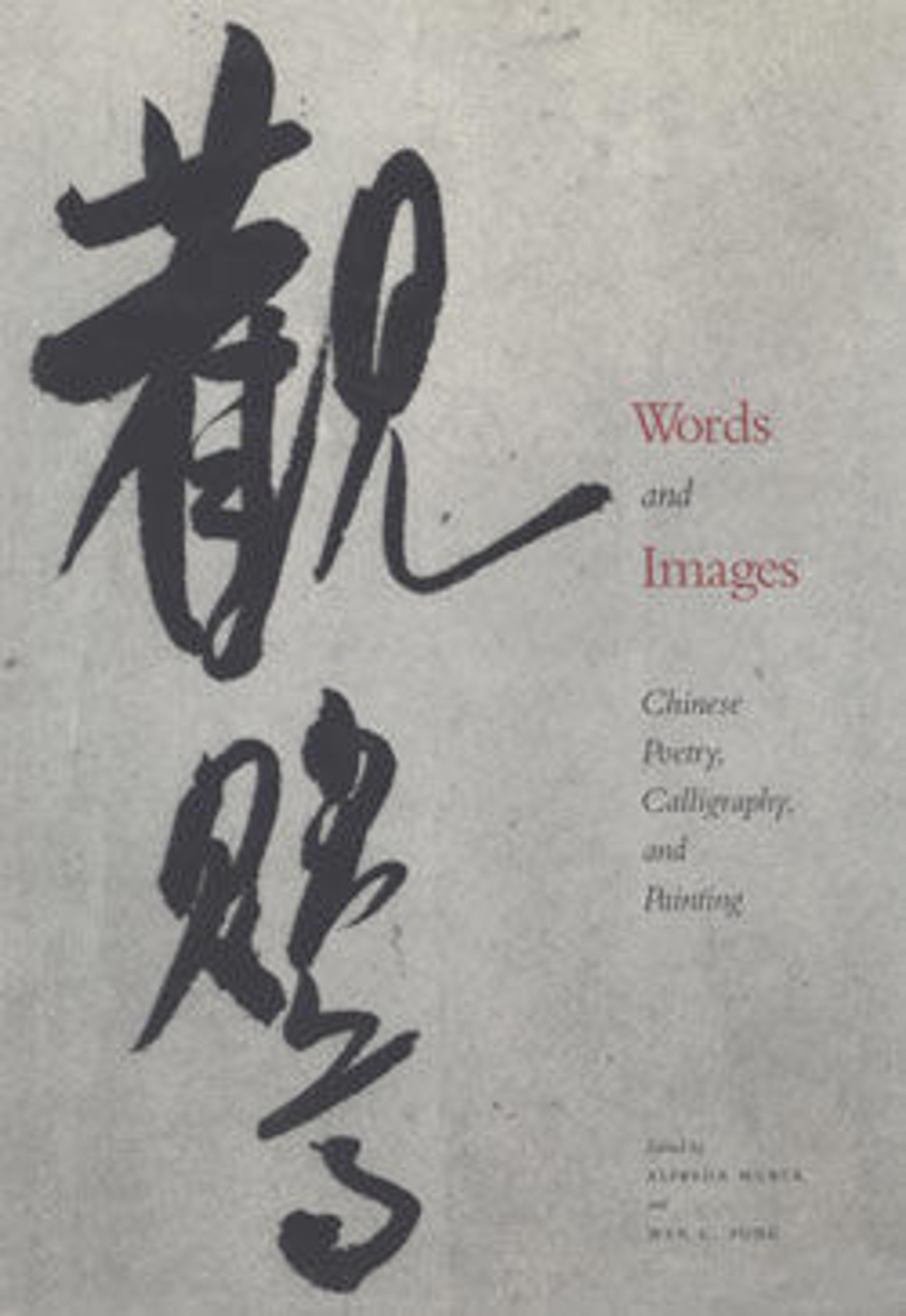Two Paintings of Deer Antlers
The Qianlong Emperor practiced both calligraphy and painting as a way of identifying himself with Chinese literati ideals of self-cultivation. However, the subject matter of these two scrolls reveals his concomitant desire to align himself with Manchu hunting traditions. Furthermore, the realistic rendering of texture and three-dimensional form reflects the influence of Western pictorial techniques, introduced to the court by Jesuit painters such as Giuseppe Castiglione (1688–1766).
The earlier of the two scrolls depicts the antlers of a spotted deer. In his accompanying inscription, the emperor recalls seeing a gigantic pair of eight-point antlers procured by his grandfather, the Kangxi Emperor (r. 1661–1722), in Central Asia—considered at the time to be an auspicious sign.
The second scroll, painted five years later, presents the horns of a species known in the West as Père David, so named for the eponymous Jesuit missionary and naturalist (1826–1900) who first recorded it in a Western source. In his accompanying essay, Qianlong describes different deer species and seeks to correct misleading distinctions made in the Book of Rites, a classic Confucian text.
The earlier of the two scrolls depicts the antlers of a spotted deer. In his accompanying inscription, the emperor recalls seeing a gigantic pair of eight-point antlers procured by his grandfather, the Kangxi Emperor (r. 1661–1722), in Central Asia—considered at the time to be an auspicious sign.
The second scroll, painted five years later, presents the horns of a species known in the West as Père David, so named for the eponymous Jesuit missionary and naturalist (1826–1900) who first recorded it in a Western source. In his accompanying essay, Qianlong describes different deer species and seeks to correct misleading distinctions made in the Book of Rites, a classic Confucian text.
Artwork Details
- 清 弘曆(乾隆皇帝) 鹿角雙幅 卷
- Title: Two Paintings of Deer Antlers
- Artist: Qianlong Emperor (Chinese, (1711–1799; r. 1736–95))
- Period: Qing dynasty (1644–1911)
- Date: dated 1762 and 1767
- Culture: China
- Medium: Two handscrolls; ink and color on paper
- Dimensions: a: 9 3/4 × 81 1/4 in. (24.8 × 206.4 cm)
b: 9 7/8 × 81 1/4 in. (25.1 × 206.4 cm) - Classification: Paintings
- Credit Line: John Stewart Kennedy Fund, 1913
- Object Number: 13.220.127a, b
- Curatorial Department: Asian Art
More Artwork
Research Resources
The Met provides unparalleled resources for research and welcomes an international community of students and scholars. The Met's Open Access API is where creators and researchers can connect to the The Met collection. Open Access data and public domain images are available for unrestricted commercial and noncommercial use without permission or fee.
To request images under copyright and other restrictions, please use this Image Request form.
Feedback
We continue to research and examine historical and cultural context for objects in The Met collection. If you have comments or questions about this object record, please contact us using the form below. The Museum looks forward to receiving your comments.
